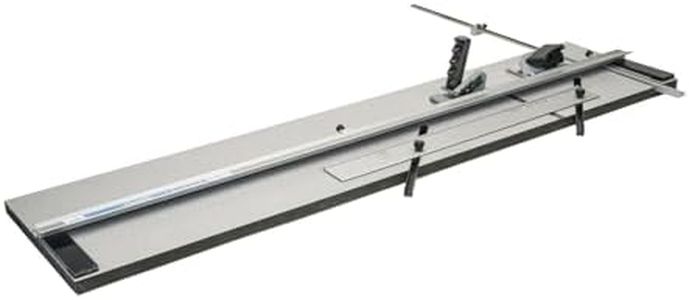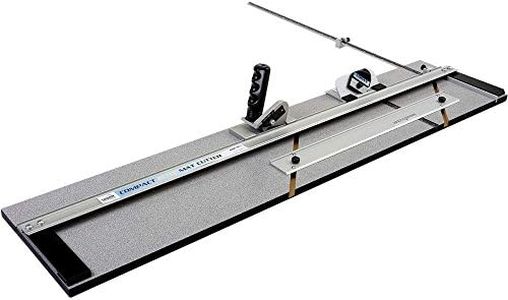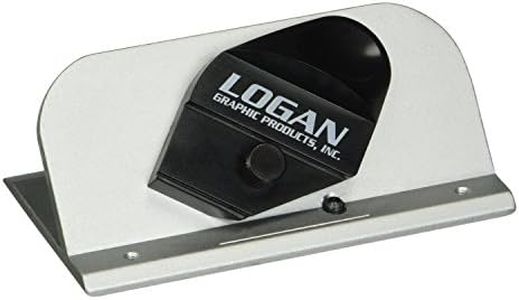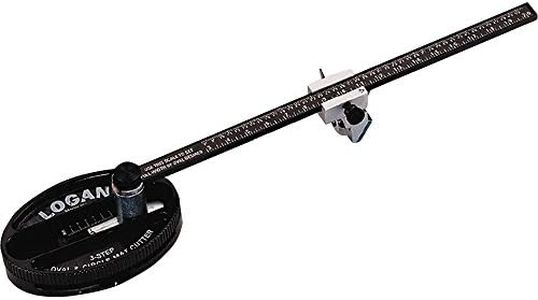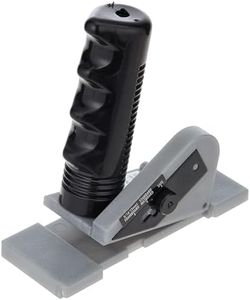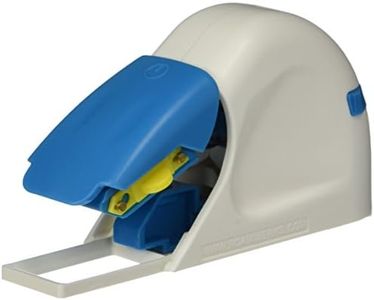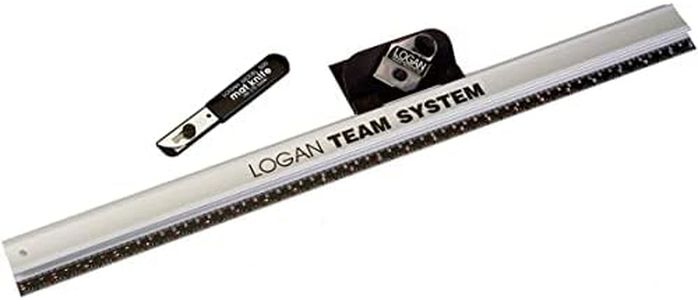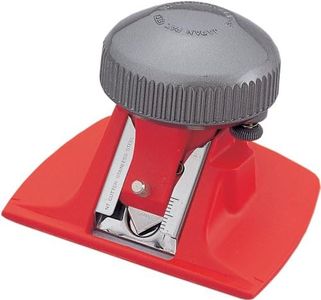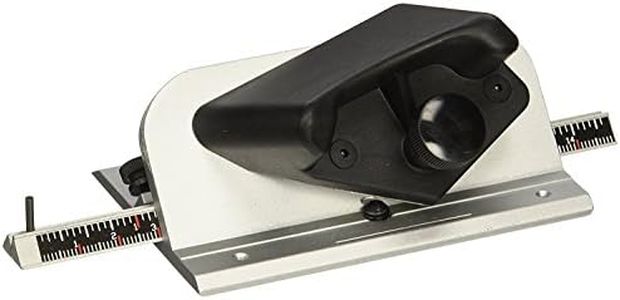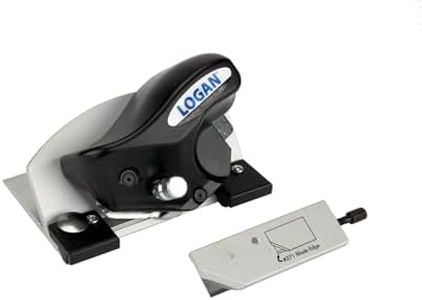We Use CookiesWe use cookies to enhance the security, performance,
functionality and for analytical and promotional activities. By continuing to browse this site you
are agreeing to our privacy policy
10 Best Mat Board Cutter
From leading brands and best sellers available on the web.Buying Guide for the Best Mat Board Cutter
Choosing a mat board cutter is all about finding a tool that fits your artistic or framing needs, whether you’re doing occasional craft projects or professional framing work. The right mat cutter enables you to create precise, clean cuts on mat boards, which is essential for enhancing the presentation of photos, artworks, or certificates. When shopping for a mat board cutter, pay close attention to the essential features that affect both usability and the quality of your finished product.Cutting TypeThis refers to whether the mat board cutter operates as a handheld tool, a straight rail cutter, or a full mat cutting system with a base. Handheld cutters are portable and good for simple or occasional use, but may not provide the most precise results. Rail cutters have a guide that helps you make straighter cuts, making them suitable for consistent, moderate use. Full systems with a base offer professional-level precision and are best for frequent or detailed work. Your choice here depends on how often you plan to cut mats and how important accuracy and ease of use are for your projects.
Cutting AngleThis spec describes the angle at which the blade cuts through the mat board, typically either 45 degrees (beveled) or 90 degrees (straight). A 45-degree bevel is traditionally used to create an attractive, slanted window opening, while a 90-degree cut is used for trimming mat boards to size. If you want the classic gallery look, make sure your cutter can handle 45-degree bevel cuts. Those who only need to trim boards to fit should prioritize a reliable 90-degree option.
Maximum Cutting SizeThis describes the largest mat board size the cutter can handle. Smaller cutters might manage only standard photo sizes (like 8x10 inches), while larger systems accommodate full-size boards used in framing (such as 32x40 inches). Think about the typical artwork or photographs you’ll be framing—choose a cutter that comfortably handles the largest board you expect to use, but don’t go overboard if you only do small projects.
Blade Replacement and AdjustabilityYou’ll want a mat board cutter with easy blade replacement and the ability to adjust blade depth. Dull blades tear the mat rather than cutting cleanly, so easy swapping keeps your cuts crisp. Adjustable depth is important because different mat boards vary in thickness, and being able to set the blade for the specific board helps you avoid imperfect cuts. If you work with a variety of mat board types, prioritize adjustability in your choice.
Guides and Measurement ToolsMany mat cutters include built-in rulers, guides, or marking systems that help ensure accuracy and repeatability. A cutter with clear guides makes it easier to achieve professional-looking, precise window openings. If you require consistently sized openings for frames or repeat projects, prioritize a cutter with easy-to-read and reliable measurement systems. For casual use, this may be less of a concern.
Build Quality and StabilitySturdier cutters, often made with metal components and a stable base, minimize wobbling and ensure straight cuts. Lighter or all-plastic models might be more portable but can slip during use, leading to mistakes. If you value precision or will use the cutter frequently, look for a heavier, stable build that stays put on your work surface.
